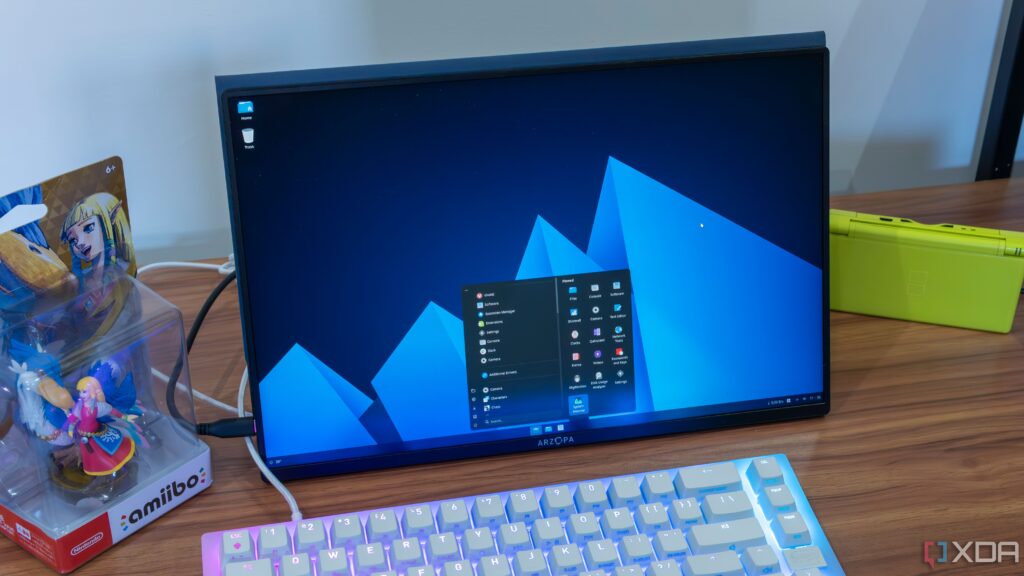
UPDATE: Lifelong Windows users are voicing urgent demands for enhanced customization features, specifically calling for Microsoft to adopt Linux’s widely praised desktop environments. This push comes as more users explore Linux distros for their superior user freedom and personalization options.
Many users transitioning to Linux this year have been captivated by its desktop environments, which redefine the user interface experience. Unlike Windows 11, which offers limited customization, Linux allows users to select from numerous desktop environments, each providing a radically different interaction with their PCs.
Why does this matter NOW? As technology enthusiasts increasingly seek personalized experiences, the gap between Windows and Linux customization becomes more pronounced. The call for Microsoft to innovate is growing louder.
Desktop environments in Linux serve as the primary interface for interaction. For instance, Ubuntu, with its default GNOME environment, presents a floating dock and a top bar showcasing essential system information. Meanwhile, KDE offers an expansive bottom taskbar, and Linux Mint’s Cinnamon delivers a unique screen-wide taskbar experience. These variations can transform the look and feel of the operating system dramatically.
Visual differences are striking. Users can switch environments to create a unique setup that caters to their preferences. One user showcased how the AnduinOS distro, based on Ubuntu, utilizes GNOME with extensions to mimic Windows 11, proving the versatility of Linux.
In stark contrast, Windows 11 offers minimal customization options. Users can change basic elements like taskbar color and transparency, but overall, the system is locked down. Any significant alterations require third-party software, which Microsoft does not endorse. This leads to frustration among users who desire more control over their desktop environments.
Despite attempts by some developers to create alternative interfaces like Seelen UI and Cairo Shell, these solutions remain limited. They can’t achieve the same level of customization as Linux, highlighting Windows’ rigid structure. Users report feeling constrained by Windows’ lack of options, prompting a growing number to consider Linux alternatives.
While Windows provides a more standardized experience, its limitations in visual customization are becoming increasingly apparent. Many users argue that Microsoft should embrace a more flexible UI, allowing for deeper personalization akin to Linux’s offerings.
As the demand for customization grows, Microsoft’s silence on this issue raises questions about the future of Windows. Will they respond to user demand for more flexibility? The community remains hopeful but skeptical.
The impact of this debate is significant, with many users contemplating a shift to Linux. As Windows continues to dominate, the competition with Linux is intensifying. Users are left wondering if Microsoft will ever adapt to the changing landscape of user preferences.
What’s next? As more users explore Linux and share their experiences, the pressure on Microsoft to innovate increases. The expectation for enhanced customization features could reshape the future of Windows, making this an essential topic to follow.
Stay tuned for more updates as this story develops.






